Buy or gift a stand-alone digital subscription and get unlimited access to dozens of back issues for just £18.99 / $18.99 a year.
Please register at www.exacteditions.com/digital/cornucopia with your subscriber account number or contact subscriptions@cornucopia.net
Buy a digital subscription Go to the Digital EditionThis is the starting point for any visitor, the very heart of two great empires. Andrew Finkel explores a world of beauty and grandeur dusting itself down for a third millennium
The Mosque of Sultan Ahmet I – known as the Blue Mosque to the rest of the world – was completed in 1616 and shares pride of place with the other monumental dome on the Istanbul skyline, the Byzantine cathedral basilica of Ayasofya. The district in the shadow of these two buildings, separated not by great distance but by over a thousand years of history, is the obvious starting point on most visitors’ agendas. It is bull’s-eye centre of the two civilisations that endowed the city with greatness, and within walking distance of many of Istanbul’s most important sights and museums.
What is now known as Sultanahmet was the site of the city’s first major expansion under the Emperor Septimus Severus, who quelled a civil war, then began, in 196AD, to rebuild the ruins. It takes an active imagination to see that the green space between the Museum of Turkish and Islamic Art and the Blue Mosque was once the spina, or central reservation, of the immense sporting arena, the Hippodrome, created by Septimus Severus and enlarged in the fourth century to seat 100,000 spectators. The Hippodrome was studded with impressive statues, such as the great horses now decorating St Mark’s in Venice (looted by Crusaders), and monuments (looted by the Byzantines) such as the Egyptian obelisk, which is still standing.
Septimus Severus left undisturbed the ancient acropolis reputedly founded by Byzas in 676bc on the tip of the promontory that now houses the Topkapı Palace.
The Byzantines’ Great Palace was not so much one grand building as a sprawling complex of kiosks that slowly covered the slope all the way down to the Sea of Marmara. The Great Palace was all but destroyed when the Fourth Crusade sacked the city in 1204. Its site is unexcavated, and it takes a knowing eye to spot bits of the structure that survive along the sloping back streets. In 1912 a fire among the wooden houses below the Blue Mosque helped reveal a spectacular bit of sixth-century mosaic flooring – vivid scenes of nature and daily life. This tantalising sample of Byzantine art is now in the Mosaic Museum, a reminder of the building that is Istanbul’s ‘missing monument’.
It is a reminder, too, of how successive city governments have resisted the moral imperative to turn the entire Sultanahmet neighbourhood into an archaeological park. The traffic remains an irritating distraction, and it is hard to get a sense of how the area might have once looked. On the positive side, the breathtaking interior of Ayasofya and the elegant courtyard of the Blue Mosque are even more astonishing by contrast. It is worth revisiting the district by night, when the buildings are elegantly lit and the monumental stone is all the more impressive.
From the morning of May 31, 1453, until his death twenty-eight years later, Sultan Mehmet II was fixated with re-creating and repopulating his newly acquired capital, Konstantiniyye. Historian Heath Lowry sheds light on the Ottoman Renaissance.
Past capital of empires, and heir to an uninterrupted urban tradition that stretches back millennia, Istanbul is all the tourist posters claim. Andrew Finkel traces its history.
Shopping has superficial connotations, but to set off into this city on a shopping expedition is to explore its culture in the most profound and fruitful way. Elizabeth Meath Baker provides an overview.
Not all Byzantium is buried: in addition to its twenty-odd surviving churches and sundry ruined palaces and fortifications, if you look around any grand imperial mosque, you will inevitably find columns, capitals and other marbles borrowed from its Byzantine predecessor. Robert Ousterhout investigates.
Every spring great shoals swim up through the Bosphorus to breed in the deep, cool waters of the Black Sea, returning south at the end of the summer to the warmer Sea of Marmara and Mediterranean. These twice-yearly visitors to Istanbul are the stars of the gastronomic world and have made the Bosphorus famous for its fish.
More cookery features
Owen Matthews wanders around the Golden Horn’s heady past with John Freely, the man who made strolling through the city an art
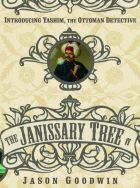
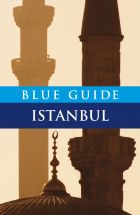
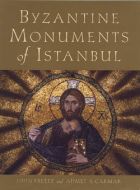
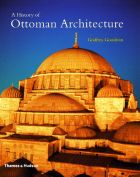
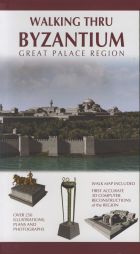

Cornucopia works in partnership with the digital publishing platform Exact Editions to offer individual and institutional subscribers unlimited access to a searchable archive of fascinating back issues and every newly published issue. The digital edition of Cornucopia is available cross-platform on web, iOS and Android and offers a comprehensive search function, allowing the title’s cultural content to be delved into at the touch of a button.
Digital Subscription: £18.99 / $18.99 (1 year)
Subscribe now